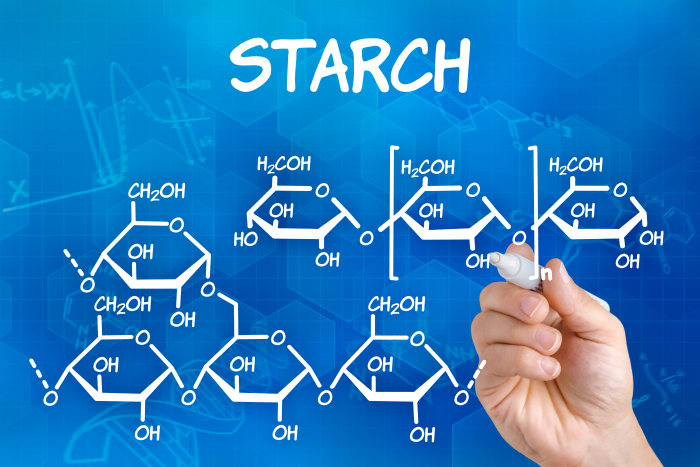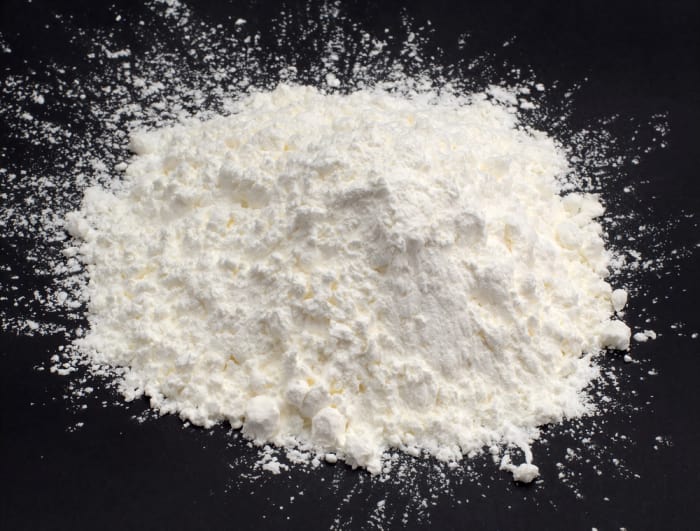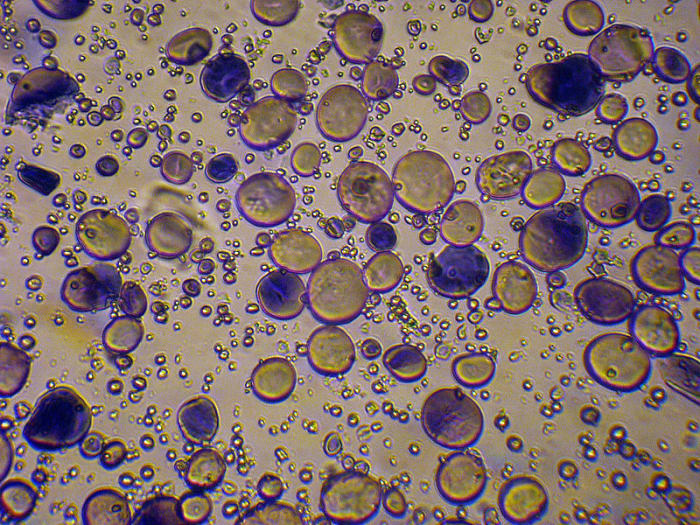How to detect starch
Finding admixtures in food
This article will help you to find out how to distinguish starch from other powders, and how to determine its presence in various types of food.

Sometimes we have to be able to detect starch: imagine that you want to make jelly, which won’t thicken without starch, but all you can find are unmarked jars with white powder on the shelf. Here it’s vital to be able to detect starch if you want to know what’s in the jars. It’s easy: detecting starch is a home experiment that is used in everyday life.
Starch is a polysaccharide, a substance which is secreted by several plants. There are different types of starch, but the one we know best is the starch that comes from potatoes, which is used in preparing dishes and drinks. Starch powder is white, tasteless, and looks like flour.

You can make wallpaper paste if you add starch to hot water and stir it. It is also worth learning how to detect starch if you want to tell a quality product from a fake one: for example, fake honey often has a 50% starch content, because starch is so cheap.
Let’s find out how to detect starch
There is a simple and interesting experiment, which we were shown at school using potatoes. To detect starch, you will need the following:
-
iodine solution, which can be found in most pharmacies;
-
a small dish;
-
a pipette or cotton bud.
Take the white powder carefully (you shouldn’t handle an unknown substance without gloves – as you don’t know what the powder is, it’s better to follow safety rules). Then pour a little powder into the dish and with a pipette (or cotton bud) add iodine. Don’t use a lot of iodine, one drop will be enough to detect the starch. Click here to see other experiments with iodine you can do at home.
Let’s see how it works: the result doesn’t take long to appear! When we add ordinary iodine to starch, you’ll notice that one drop on the powder turns blue or even purple. So this chemical experiment can help us to detect low-quality honey or cottage cheese with a high starch content. Even a child can do this experiment, as there is nothing complicated about it. To make your child take an interest in chemistry, you can show them this experiment with half a potato, this will help them to observe the chemical process of detecting starch.

How to tell soda from starch if there is no iodine in the first-aid kit
These substances are similar, and if you have to distinguish them, this is easy to do. The easiest method is to taste the contents (if you’re 100% certain that the jars contain soda and starch).But if you don’t want to taste them, as soda tastes unpleasant, you can use acetic acid: when vinegar is added to soda, it begins to bubble – you don’t have to wait very long for the effect. You may ask why this process takes place. The answer is simple: carbon dioxide is released.
An interesting experiment with an iodine solution and starch
You should only do this experiment in a special laboratory, with an experienced person, as you need to use a special burner to treat the reagent. If you don’t know how to use it, then you should have someone with you who can help, because if you lack experience you may get burnt – working with a burner is dangerous. Be careful, then you should get everything right!
In making the necessary conditions for the experiment, you will need
-
a test tube;
-
cold water;
-
iodine;
-
a pinch of starch;
-
gloves and coat;
-
syringe.
With the syringe, add water to the test tube and a drop of iodine to make a weak solution. Then add a pinch of starch. You can immediately see that the slightly orange water will turn dark blue. This state of the solution is explained by the reaction of starch to iodine.
Mix the solution thoroughly with a stick and heat it for a few seconds until it boils. The water will start to turn into a transparent liquid, going back to the initial color without the addition of iodine and starch. Then lower the test tube into cold water and watch: a blue color appears in the test tube again, and a sediment may also form.
Study chemistry, it’s an interesting science which can help you make great discoveries!